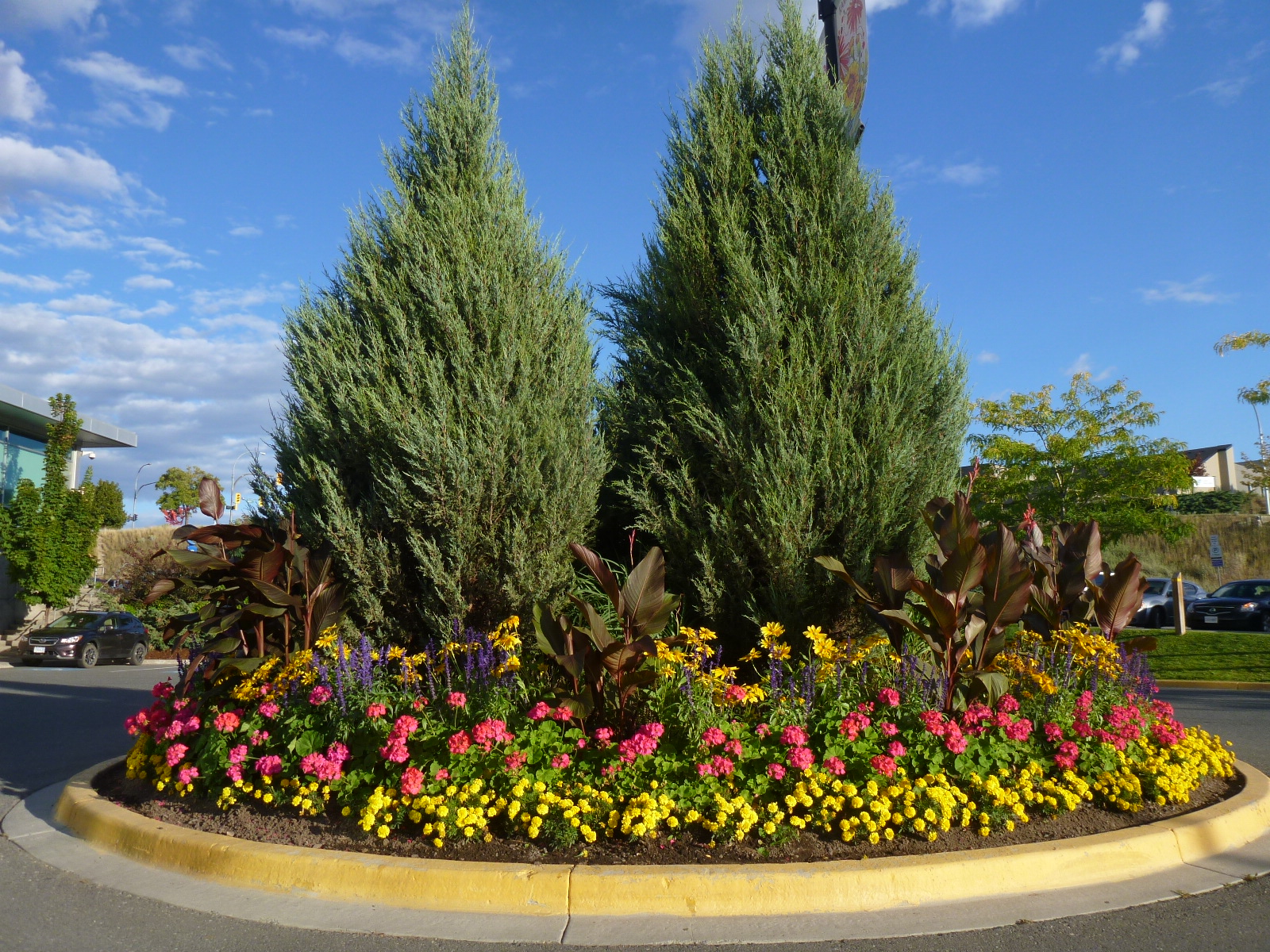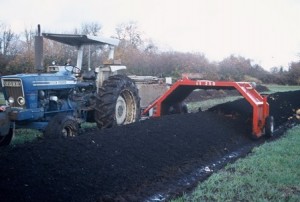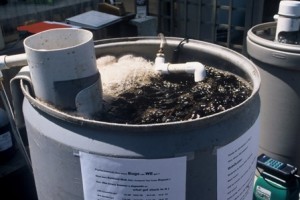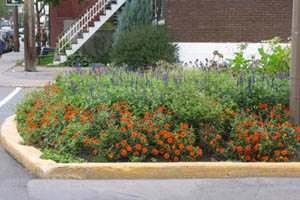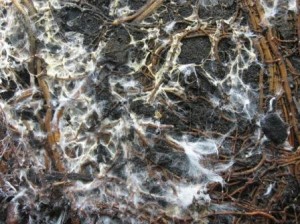| Sustainability is the capacity to endure. It is a long-term commitment to stewardship of the environment, responsible use of resources, and economic prudence.
We support sustainable practices. We support a reduction in non-essential use pesticides. We favour prevention and sanitation methods to control a pest population before it becomes damaging to the plants. |
Sustainability refers to the ability to “meet the needs of the present without compromising the ability of future generations to meet their own needs”
- Bruntland, G. 1987 “Our Common Future: |
|
|
Diversified Plant SelectionThe benefits of plant diversity is by no means a new discovery by modern ecologists. It was the intuitive agricultural practice of numerous “primitive” cultures, and today it is a basic tenet of the organic or biological agricultural movement. Developing this ecosystem perspective has many aspects:
|
|
|
Compost and Compost TeaComposting is the biological decomposition of organic waste under controlled conditions, brought about by the growth of microorganisms and invertebrates. Moisture, temperature and aeration must be monitored and maintained during the composting process. Usually, three phases occur during composting:
Materials properly composted will reach the hot temperatures required to kill pathogens, insects and weeds. However, materials not composted properly may still contain plant pathogens. If kept wet for too long, the materials may trigger root and stem diseases. The curing phase is important for natural disease suppression. After reaching peak heat, different micro-organisms naturally colonize the piles. They include many parasites of root rot pathogens, such as Bacillus, Flavobacterium, Streptomyces and Trichoderma.
|
||
|
|
Soils to Conserve WaterThe formation and maintenance of a high degree of soil aggregation is one of the most difficult task of soil management, yet it is also one of the most important, since it is a potent means of influencing ecosystem function. Organic matter indirectly affects the amount of water available to plants through its influence on soil structure and total pore space. For example, organic matter stimulates the formation of soil aggregates. These aggregates are important reservoirs of water.
|
||
|
Biological ControlBiological control is the use of living natural enemies to suppress pest populations. Biocontrol can be applied in different ways:
|
||
|
|
Pest Management Without Pesticides“Integrated Pest Management (IPM) should be a fundamental part of any sustainable winegrowing program. It is cost-effective, flexible and resilient.” Integrated Pest Management (IPM) is an ecosytem-based strategy that focuses on long-term prevention of pests or their damage. The approach uses a combination of techniques such as biological control, habitat manipulation, cultural practices and use of resistant varieties. Pesticides are used only when required and based on recognized safety practices.
|
||
|
Mycorrhizal FungiMycorrhizal fungi are specialized micro-organisms that live on plant roots in a mutually beneficial relationship. The host plant supplies carbohydrates produced during photosynthesis. In return, the fungus grows an extensive network into the soil, transferring water and nutrients to the plant roots. Plants colonized by mycorrhizal fungi have higher tolerance to various stress factors, including drought, cold temperatures, and soil conditions such as high pH or high salt content.
|
More technical documents are available for download at the Technical Information page.

